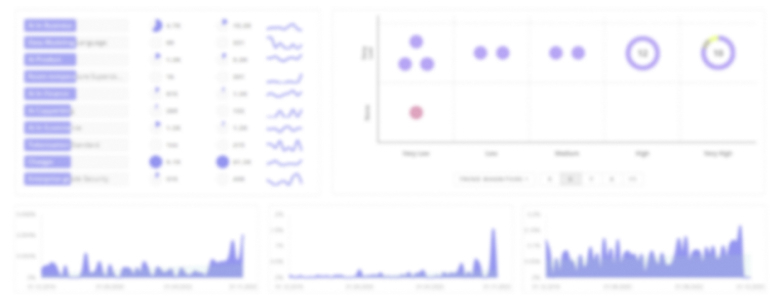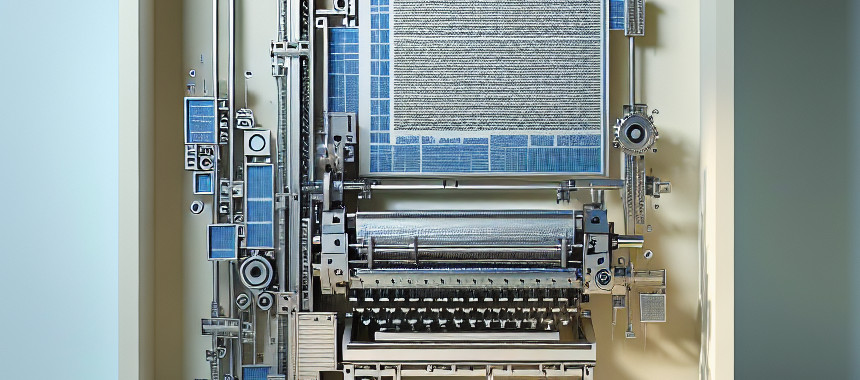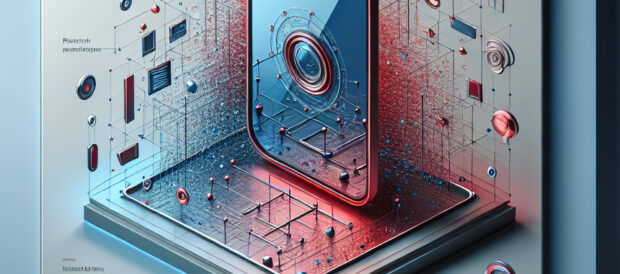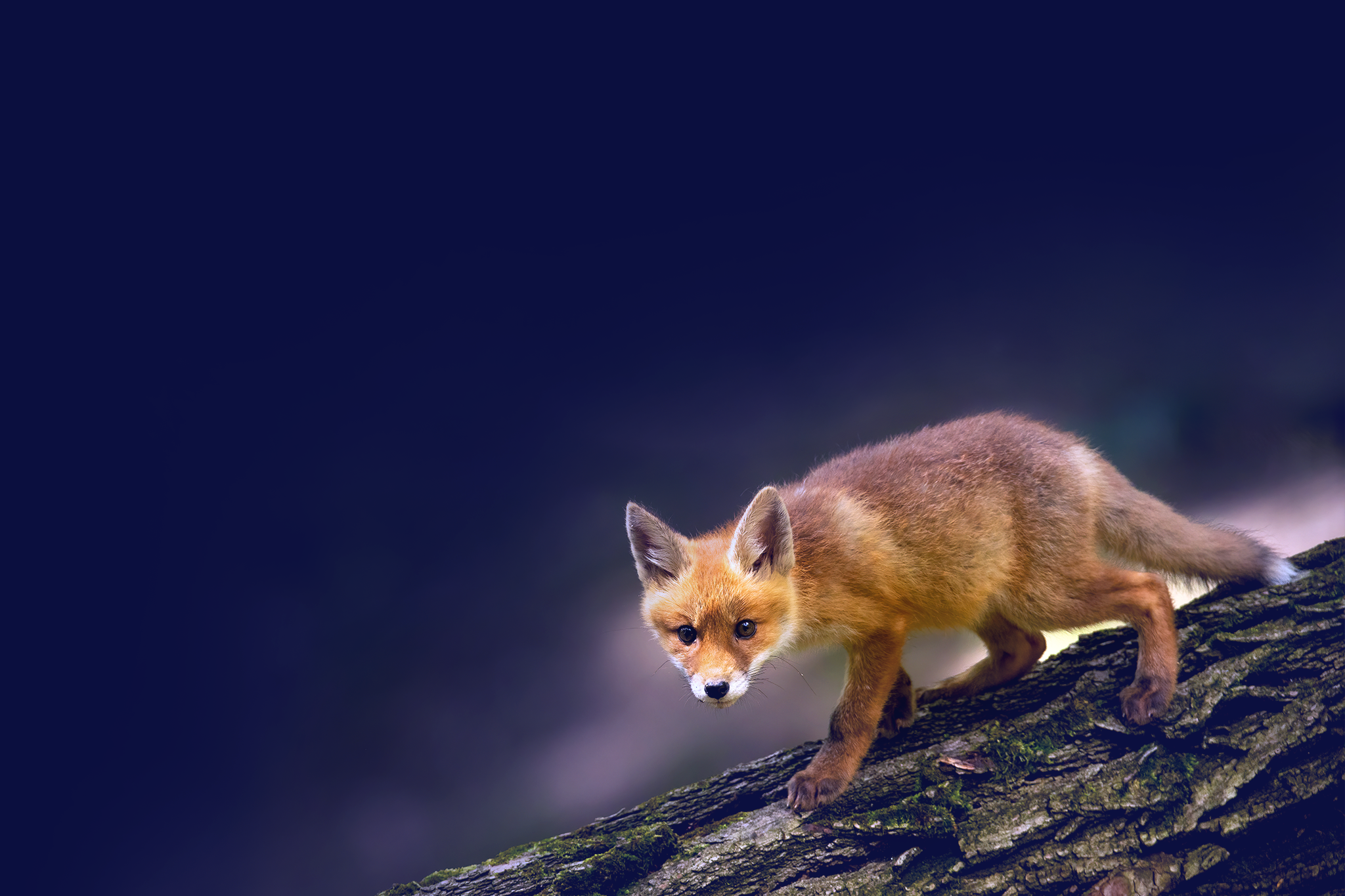Hand Tracking Report
: Analysis on the Market, Trends, and TechnologiesThe hand-tracking market is entering a high-growth phase driven by AI, sensor fusion, and expanding XR use cases; the internal hand tracking trend report records 474 granted patents, signaling a mature but active IP landscape and continued R&D investment. Market forecasts vary but consistently point to multi-billion dollar outcomes (for example, Dataintelo reports a market size of USD 2.3 billion in 2024, with double-digit CAGR projections) Hand Tracking Solutions Market Research Report 2033. The practical implication is clear: companies that combine low-power, edge-capable perception with domain-specific integrations (medical training, industrial teleoperation, haptics) will capture the highest value as hand tracking moves from experimental demos to production interfaces.
We updated this report 64 days ago. Missing information? Contact us to add your insights.
Topic Dominance Index of Hand Tracking
The Topic Dominance Index combines the distribution of news articles that mention Hand Tracking, the timeline of newly founded companies working within this sector, and the share of voice within the global search data
Key Activities and Applications
- Gesture control for immersive XR interfaces — controller-free input for VR/AR games, productivity apps, and consumer devices; adoption accelerates as markerless, camera-only SDKs improve latency and accuracy.
- Touch-free public and in-vehicle controls — gesture and glance combined to reduce surface contact and support safer in-car infotainment control, driven by hygiene and UX needs.
- Haptics-enabled teleoperation and training — high-fidelity gloves and mid-air haptics enable force feedback for surgical simulation, remote robot grasping, and skilled industrial training haptx.com ultraleap.com.
- Markerless motion capture for content and animation — AI pipelines convert video into 3D motion for game and film workflows, lowering production cost and time deepmotion.com yoom.com.
- Healthcare monitoring and rehabilitation — fine-grained hand-pose streams support motor-function assessment, remote physiotherapy, and objective progress metrics.
Emergent Trends and Core Insights
- AI first, sensors second: machine-learning models now enable reliable markerless tracking from commodity cameras; this reduces hardware friction and broadens addressable markets. The growth forecasts in multiple market reports reflect the commercialization of these AI stacks Hand Tracking AI Market Research Report 2033.
So what: software-centric players can scale rapidly by distributing SDKs to device OEMs and app developers, while hardware makers must offer clear added value (latency, haptics, precision). - Sensor fusion as a reliability strategy: combining depth cameras, IMUs, UWB/positional trackers, and event cameras reduces occlusion failures and increases temporal precision Antilatency.
So what: enterprise and safety-critical customers will prefer multi-modal systems even if they cost more, creating a two-tier market (lightweight SDKs vs. certified fused systems). - Micro-gesture and millimeter accuracy: next-generation tracking targets microgestures and contactless haptics (Ultraleap Hyperion, event-camera research), enabling fine manipulations and new UX patterns Ultraleap Hyperion upgrades hand tracking for micro gesture details AWE: Ultraleap's event cameras may be the future of hand tracking.
So what: applications like surgical simulation and precision teleoperation become commercially viable only when sub-centimeter reliability exists. - Edge deployment and latency control: on-device inference using mobile NPUs reduces round-trip time and preserves privacy; market demand for edge solutions shows up in low-power SDK positioning Hand Tracking Technology Market Research Report 2033.
So what: vendors that optimize models for target NPUs (phone SoCs, XR compute units) will win OEM partnerships. - Platform consolidation pressure: many startups target niche verticals while larger players bundle hand tracking into broader perceptual stacks (gesture, gaze, face), increasing M&A activity in adjacent segments.
So what: specialized startups should identify defensible integrations (haptics, certified medical workflows) or align early with platform partners to avoid margin squeeze.
Technologies and Methodologies
- Deep neural networks for palm/landmark detection and 3D pose regression — markerless pipelines (single RGB or RGB-D) enable general-purpose SDKs and are central to scale Hand Tracking Technology Market Size, Scope, and Forecast.
- Sensor fusion and Kalman/HSKT tracking — fusing IMU, UWB or vision with Kalman-style filters reduces jitter and supports low-latency 6DOF tracking used in VR and robotics IndoTraq™ LLC.
- Event-camera and spatiotemporal methods — research into event-driven sensors cuts latency for micro-gesture capture and high-speed hand motion EVtracker event-driven method.
- Depth sensing and ToF/LiDAR integration — depth maps enable reliable occlusion handling and accurate fingertip localization for fine manipulation YDSENS product notes Omniscient App camera/LiDAR tool.
- On-device model optimization & NPU targeting — shipping production XR/phone solutions requires quantized models and runtime tuning for Hexagon, Apple Neural Engine, and similar accelerators.
Hand Tracking Funding
A total of 48 Hand Tracking companies have received funding.
Overall, Hand Tracking companies have raised $644.0M.
Companies within the Hand Tracking domain have secured capital from 210 funding rounds.
The chart shows the funding trendline of Hand Tracking companies over the last 5 years
Hand Tracking Companies
- ManoMotion — ManoMotion supplies a camera-only SDK for 2D/3D hand tracking that emphasizes minimal compute and no dedicated hardware; this positions the company for rapid integration into mobile and embedded devices where power and cost constraints matter. The company's software-first approach reduces barriers for app developers and OEMs to add gesture control, making it attractive to consumer and industrial integrators seeking low-cost deployment. Its revenue and funding profile indicate an early commercial traction stage balanced with continued R&D needs.
- Motion Gestures — Motion Gestures focuses on AI-based hand tracking and gesture recognition that runs on third-party cameras, offering a platform-agnostic SDK that suits software vendors and camera OEMs. The narrow scope (camera-first ML stacks) gives it a defensible product in markets where adding depth hardware is impractical; its funding level supports continued model refinement and commercial partnerships.
- Dexta Robotics — Dexta builds compact, force-feedback gloves and interaction systems for VR/MR with a patent portfolio (>30 patents/pending) and a focus on tactile realism. The company targets enterprise training and robotics teleoperation where precise force feedback and finger tracking materially improve task fidelity. Its China-based supply chain and early shipments place it well for hardware commercialization in industrial sectors.
- The Captury — The Captury develops markerless motion capture using standard video cameras, enabling body and finger tracking for animation and performance capture without suits or markers. This lowers cost for studios and enterprises creating volumetric or free-viewpoint content, and it aligns with the broader shift to software-driven capture pipelines used by creators and game studios.
- THE TACTIGON — THE TACTIGON delivers a wearable gesture controller (T-SKIN) combining IMUs and on-board AI for gesture and key-combo mapping, aimed at human-machine interfaces in AR/robotics. The product's small form factor and Arduino compatibility make it attractive for rapid prototyping and specialized control workflows in industrial and creative applications.
Gain a competitive edge with access to 223 Hand Tracking companies.
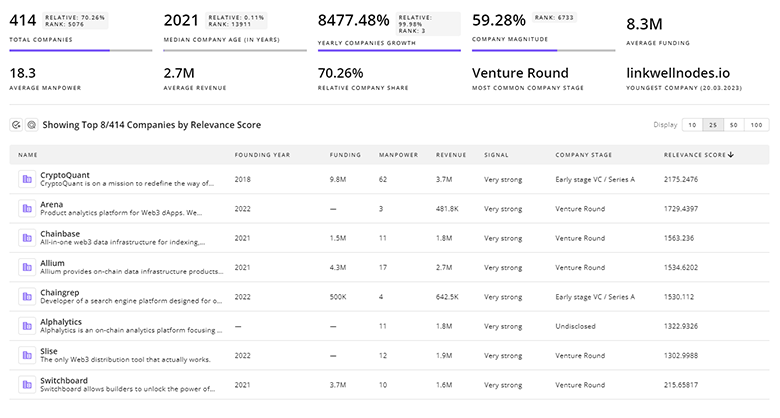
223 Hand Tracking Companies
Discover Hand Tracking Companies, their Funding, Manpower, Revenues, Stages, and much more
Hand Tracking Investors
Leverage TrendFeedr’s sophisticated investment intelligence into 286 Hand Tracking investors. It covers funding rounds, investor activity, and key financial metrics in Hand Tracking. investors tool is ideal for business strategists and investment experts as it offers crucial insights needed to seize investment opportunities.
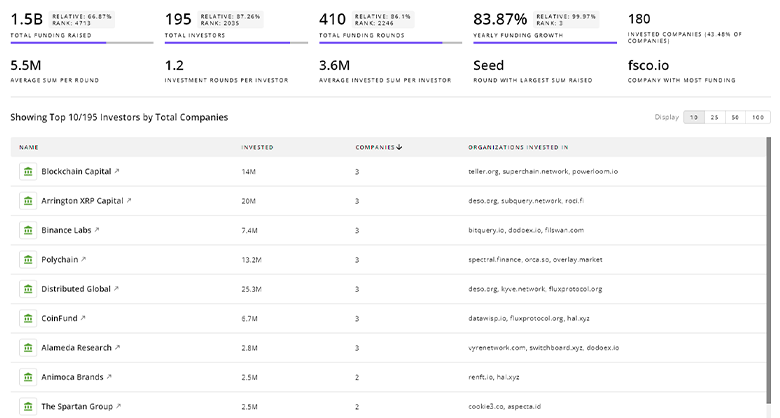
286 Hand Tracking Investors
Discover Hand Tracking Investors, Funding Rounds, Invested Amounts, and Funding Growth
Hand Tracking News
TrendFeedr’s News feature provides a historical overview and current momentum of Hand Tracking by analyzing 2.5K news articles. This tool allows market analysts and strategists to align with latest market developments.
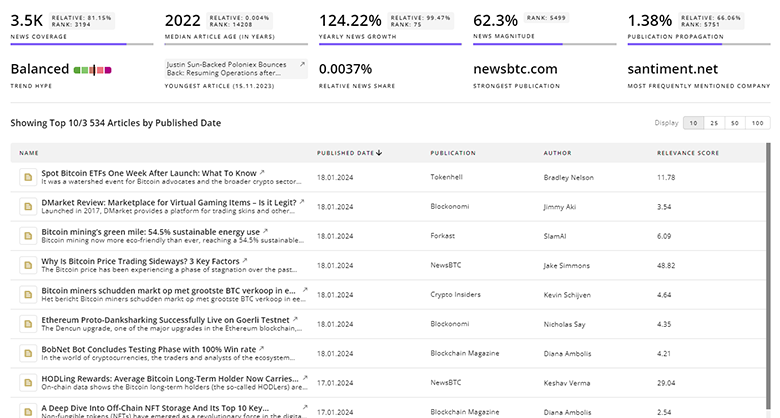
2.5K Hand Tracking News Articles
Discover Latest Hand Tracking Articles, News Magnitude, Publication Propagation, Yearly Growth, and Strongest Publications
Executive Summary
Hand tracking has moved from research curiosity into a strategic interaction layer for XR, robotics, healthcare, and industrial training. Patent and funding activity confirms sustained technical investment, while market forecasts—though varied—converge on strong multi-billion dollar opportunity windows. For business leaders: prioritize technologies that run reliably on edge hardware, integrate multi-sensor fusion for safety-critical use cases, and differentiate by pairing perception with validated application workflows (haptics for training, certified analytics for healthcare). Companies that align SDK ease-of-integration with demonstrable vertical outcomes (reduced training time, improved procedural accuracy) will create the most defensible commercial positions as the market scales.
Interested in contributing your expertise on trends and tech? We’d love to hear from you.
